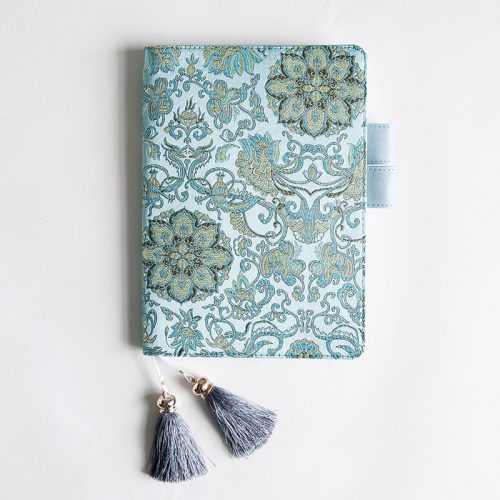Mastering line work with a fountain pen is a skill that can lead to beautiful and expressive artistry. Line work is essential in various artistic styles, including calligraphy, sketching, and illustration. Here are some tips to help you master line work with a fountain pen:
- Choose the Right Pen and Nib:
- Experiment with different fountain pen nib sizes to find the one that suits your style. Fine nibs create delicate lines, while broader nibs produce bolder strokes.
- Consider using a flexible or italic nib for varied line thickness, allowing you to create both thin and thick lines with the same pen.
- Select the Right Ink:
- Use fountain pen inks that flow smoothly and do not clog. Some inks are designed specifically for art and calligraphy, offering good flow and rich colors.
- Experiment with different ink colors to add variety and depth to your line work.
- Control Your Pressure:
- Fountain pens respond to pressure, so practice varying your hand pressure to create different line thicknesses. Apply more pressure for thicker lines and less pressure for thinner ones.
- Light, consistent pressure is often recommended for smoother and more controlled lines.
- Practice Line Variations:
- Practice creating different types of lines, such as straight lines, curves, arcs, and spirals. This will help you build muscle memory and control.
- Experiment with hatching (parallel lines), cross-hatching (intersecting lines), and stippling (dots) to add texture and shading to your artwork.
- Control Your Speed:
- Adjust your drawing or writing speed to control the consistency of your lines. Slower movements often result in more controlled lines, while faster strokes can be used for expressive and dynamic effects.
- Warm-Up Exercises:
- Warm up before you start creating detailed line work. Draw a series of controlled lines and shapes to get your hand accustomed to the motion.
- Try drawing straight lines, curves, loops, and spirals to improve your hand-eye coordination.
- Maintain Your Pen:
- Keep your fountain pen clean and well-maintained to ensure a consistent ink flow. Regularly clean the nib and feed to prevent clogging.
- Refill your pen with fresh ink when necessary to maintain the quality of your lines.
- Experiment with Papers:
- Different types of paper can affect the performance of your fountain pen. Experiment with various papers to find one that suits your style and ink preferences.
- Learn from Others:
- Study the work of skilled fountain pen artists and calligraphers to observe their line work techniques and styles.
- Consider taking classes or workshops to learn from experienced artists and receive feedback on your work.
- Patience and Practice:
- Mastering line work with a fountain pen takes time and practice. Be patient with yourself and continue to explore and experiment with your pen.
Remember that line work with a fountain pen is a highly personal and artistic endeavor. Embrace your unique style and enjoy the process of honing your skills over time.


